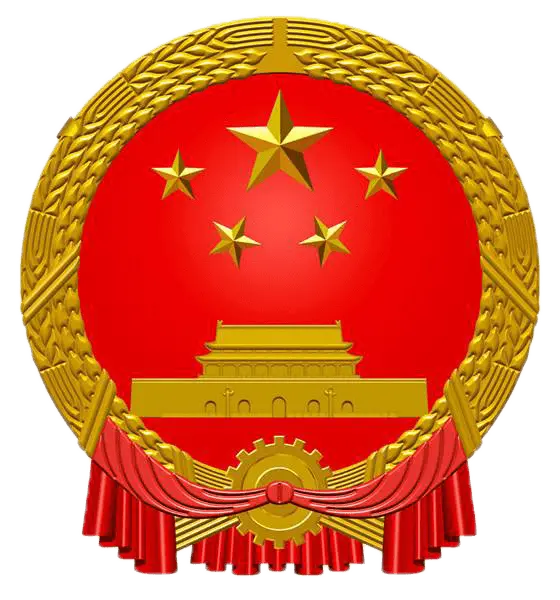



 下载产品说明书
下载产品说明书 用小程序,查商品更便捷
用小程序,查商品更便捷



 收藏
收藏
 对比
对比 咨询
咨询
Ala279-Ser390










\n2μg (R: reducing conditions, N: non-reducing conditions).\n\n


TGF beta 1/TGFB1 Protein (transforming growth factor beta 1) is a multifunctional cytokine, which is synthesized by almost all cells. TGF beta 1/TGFB1 Protein has a high ability to bind with TGFbRII. The sequence of amino acids in TGFB1 proteins from different species is very stable, which leads to the conclusion that in the process of evolution, TGFB has been only slightly altered, and that both in humans and in animals, its function is similar. TGF beta 1/TGFB1 Protein is secreted as an inactive peptide, forming part of a ‘latent complex’ consisting of a mature TGFB1 dimer non-covalently bound to its latency-associated peptide (LAP) and, via LAP, to latent TGFB-binding proteins (LTBPs). Activated TGF beta 1/TGFB1 Protein binds to ubiquitously expressed cell-surface TGFB1 type I receptors (TGFBRI) and type II receptors (TGFBRII), which are transmembrane serine/threonine kinases. TGF beta 1/TGFB1 Protein regulates cell proliferation, growth, differentiation and cells movement. TGFb1 has immunomodulatory effects. TGF beta 1/TGFB1 Protein has profibrogenic effects. TGF beta 1/TGFB1 Protein action can be local and systemic. TGF beta 1/TGFB1 Protein plays a driving role in development, fibrosis and cancer.


·12 months from date of receipt, lyophilized powder stored at -20 to -80℃.
·3 months, -20 to -80℃ under sterile conditions after reconstitution.
·1 week, 2 to 8℃ under sterile conditions after reconstitution.
·Please avoid repeated freeze-thaw cycles.
EMBO J. 1991 May;10(5):1091-101.
Mol Cell Biol. 1994 Apr;14(4):2352-60.

参考图片
2μg (R: reducing conditions, N: non-reducing conditions).
Measured by its ability to inhibit the IL-4-dependent proliferation of HT‑2 mouse T cells. The EC50 for this effect is less than 0.5 ng/ml.






 危险品化学品经营许可证(不带存储) 许可证编号:沪(杨)应急管危经许[2022]202944(QY)
危险品化学品经营许可证(不带存储) 许可证编号:沪(杨)应急管危经许[2022]202944(QY)  营业执照(三证合一)
营业执照(三证合一)